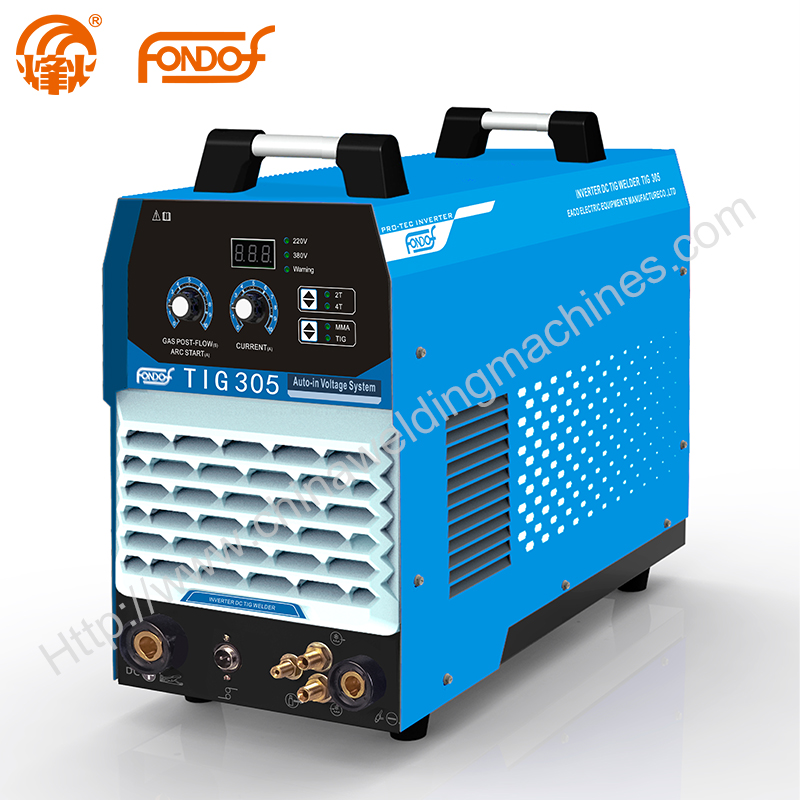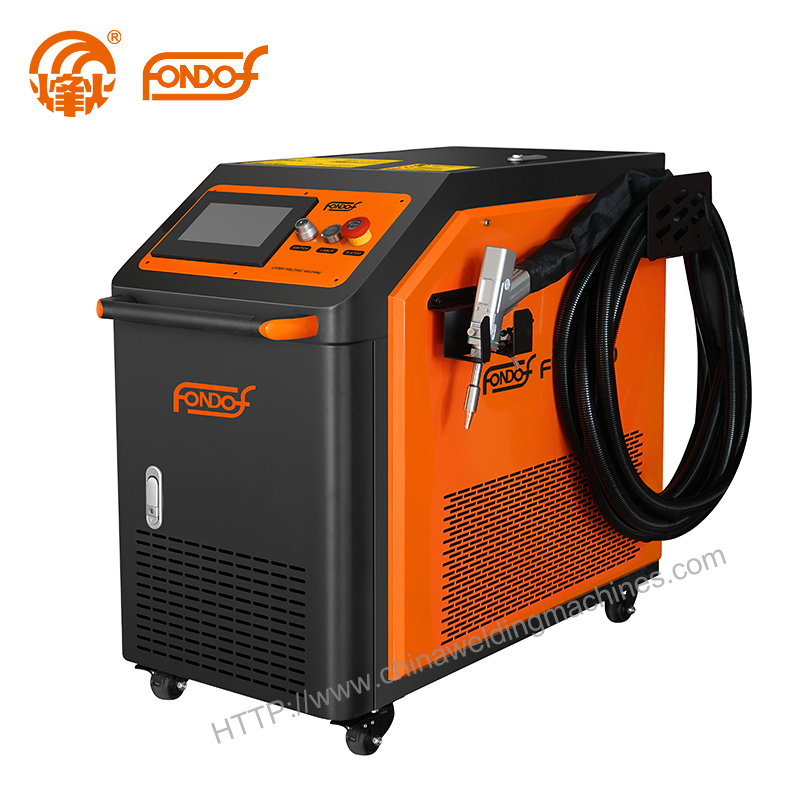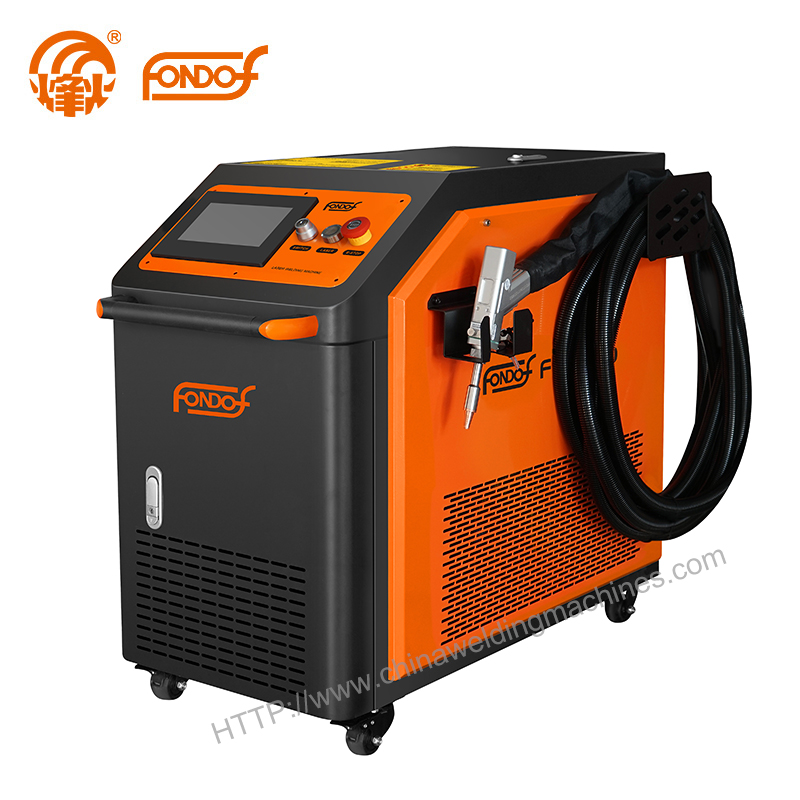How to Judge The Output Polarity of the DC Welding Machine?
 Jul. 30, 2021
Jul. 30, 2021
How to judge the output polarity of a DC welding machine: Regular welding
machines are marked with + and-on the output terminal or wiring board, + means
positive, and-means negative. If the positive and negative poles are not marked,
the following methods can be used to distinguish.
DC Welding Machine
Empirical method
When using a low-hydrogen type (or alkaline) electrode for welding, if the arc is unstable, spatters, and the sound is violent, it means that the forward connection method is used; otherwise, the reverse connection method is used.
Carbon rod method
When the carbon rod method is used to judge the forward connection or the reverse connection, it can also be judged by observing the arc and other conditions:
a. If the arc combustion is stable and the carbon rod burns slowly, it is a positive connection method.
b. If the arc combustion is unstable and the carbon rod burns severely, it is a reverse connection method.
Multimeter method
The method and steps for judging the forward connection or the reverse connection by using a multimeter is:
a. Place the multimeter in the highest range of DC voltage (above 100V), or use a DC voltmeter.
b. Touch the test leads of the multimeter with the terminals of the DC welding machine. If the pointer of the multimeter is found to be deflected clockwise, then the terminal of the welding machine connected to the red test pen is the positive electrode, and the other end is the negative electrode. If you use a digital multimeter to test, when a negative sign appears, it means that the red pen is connected to the negative pole, and no symbol appears, indicating that the red pen is connected to the positive pole.
How to Judge the Output Polarity of the DC Welding Machine
When using a DC welding machine, confirming the output polarity is essential before starting any welding operation. Incorrect polarity can result in poor weld quality, excessive spatter, weak penetration, or electrode sticking. In this guide, we'll explain how to accurately determine the polarity setting on a DC welder, why it matters, and simple methods to test it.
What Is Welding Polarity?
In DC welding, polarity refers to the direction of the current flow in the welding circuit:
DCEP (Direct Current Electrode Positive): The electrode holder is connected to the positive (+) terminal.
DCEN (Direct Current Electrode Negative): The electrode holder is connected to the negative (-) terminal.
The choice of polarity affects:
Weld penetration
Arc stability
Heat distribution
Spatter levels
Conclusion
Judging the output polarity of a DC welding machine is a simple but essential step for any welding operation. Whether by checking terminal labels, using a multimeter, or observing arc behavior, confirming polarity ensures optimal weld performance and prevents costly mistakes. Always follow safety protocols and manufacturer recommendations to maintain a safe and efficient work environment.
Our company also has DC Welding Machine on sale, welcome to contact us.





























